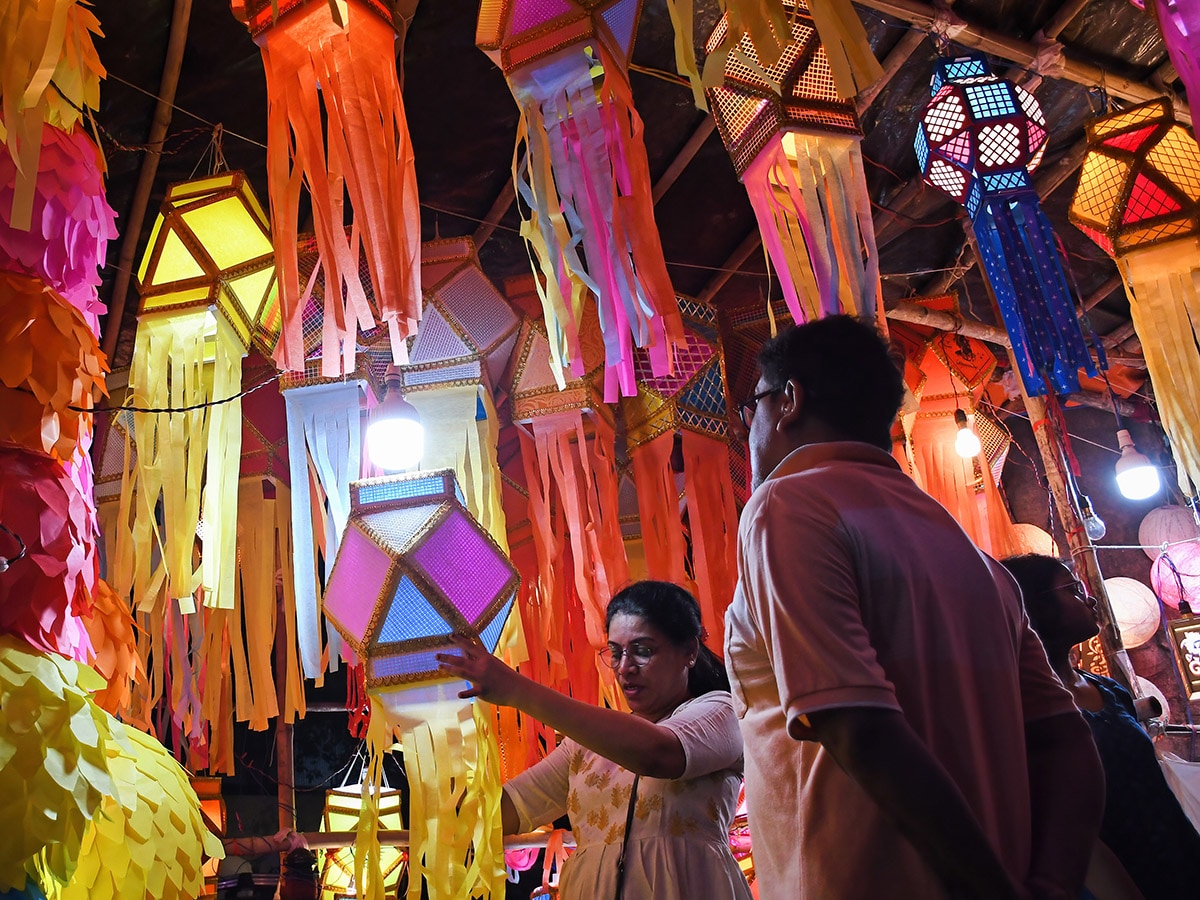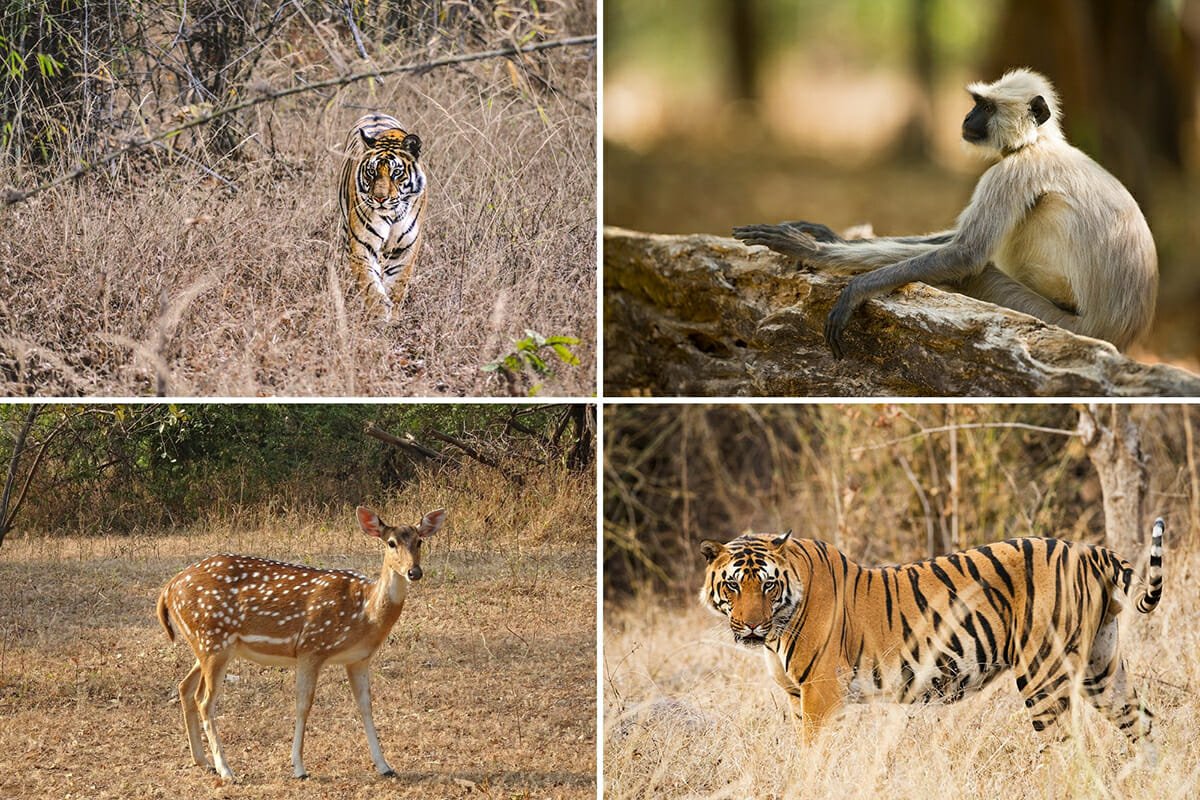Tips to Experience India's Rich Wildlife
by
India is a place unlike another. While the culture and heritage has been the highlights, wildlife tours India has gained global attention. India is home to more than half the population of tigers in the world. Besides tigers, India is blessed with elephants, nilgai, deer, one-horned rhinoceros, Asiatic lions, a variety of species of birds, amphibians, reptiles and in fact every kind of species of the animal kingdom. The majestic beasts are found in the wild jungles of Central India, sanctuaries which were earlier game parks in Rajasthan, blissful lush wilderness in the South and mostly all over India. Those who want to spot a tiger, can try them at these popular wildlife sanctuaries in India.
Book a Jeep Safari/ Baot Safari/ Elephant Rides
Choose a Jungle Stay
Respect the wildlife







